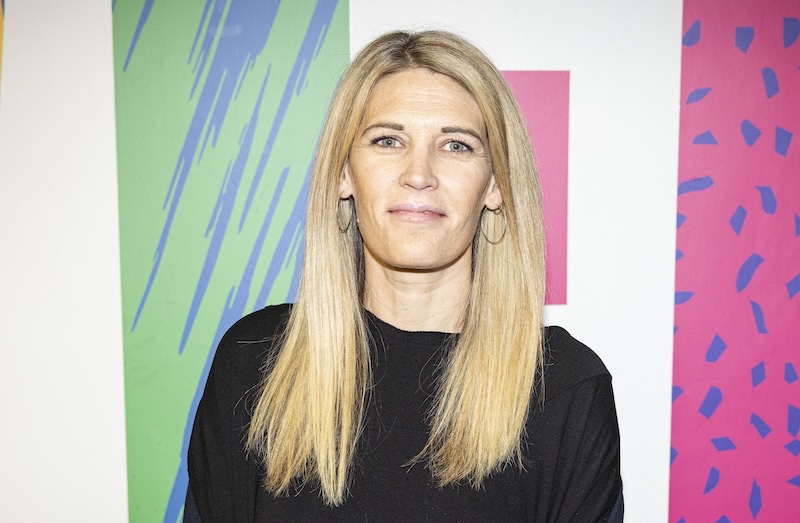Christopher Moy/Supplied
The University of Otago has received MBIE funding through the Endeavour Fund to analyse Fiordland’s carbon sinks.
As climate change alters the ebbs and flows of ocean currents, hundreds of kilograms of carbon dioxide stored in Fiordland’s waterways could be released.
This hypothesis is being investigated by a University of Otago team, led by Associate Professor Christopher Moy and Professor Gary Wilson.
In an $8.6 million five-year project, they are seeking to find out if fjords, which act as a natural “sponge” for carbon, have a tipping point of carbon absorption.
The team will spend five years collecting mud, sampling water and collecting other measurements from different fjords in the region.
READ MORE:
* Climate change: Ocean carbon sinks could help stabilise the planet
* Global emissions almost back to pre-Covid levels after sharp fall in 2020
* Fiordland subject of $8.6m carbon sink study
The project is conducting the first-ever deep analysis of fjords’ ability to hold carbon, from its source to distribution and to understand the size, variability and how climate change and management decisions influence carbon sinks.
The team also wants to answer two critical questions: how sensitive is Fiordland’s carbon sink to changing freshwater inputs from electricity generation and climate change, and what happens if crucial tipping points are reached?
Fiordland has been known as an important carbon sink amongst experts for years due to its steep slopes, topography, native rainforests, tectonic activity and – most importantly for this project – low oxygen concentration in the basins of its fjords.
It is estimated that fjords bury the largest amount of organic carbon per unit area in the world.
Scientists estimate about 18 million tonnes of carbon is buried in fjords each year.
Last year, NIWA scientists found that Fiordland carbon sinks were absorbing up to 60% more carbon dioxide than expected.
It is unknown fully what impact climate change could have on that.
Supplied
The South Fiord from Luxmore Hut on the Kepler Track in Fiordland.
The University of Otago research is being pushed through collaboration with Ngāi Tahu, Fiordland Marine Guardians and a team of New Zealand and international scientists.
Fiordland Marine Guardian chair and marine ecologist Dr Rebecca McLeod said fjords were able to hold a massive amount of carbon due to bog and peat on the sea-floor, which require an oxygen depleted environment.
As temperatures increase, scientists expect to see “quite large changes in water-flow”, which could impact this oxygen-depleted environment, she said.
Air temperature changes cause changes in global wind patterns, which can in turn change ocean currents.
“That might mean the ecosystem services fjords are offering will be impacted.”
The Fiordland Marine Guardians were set up to advise on the management of the Fiordland Marine Area in 2005.
McLeod said the Guardians were looking at strategies to protect the rare marine life in Fiordland from the impacts of climate change.
“It is more action on a global level that will make an impact … but there are things we can do as managers to increase resilience.”
This included increasing the resilience of species in the area through limiting catches.





















Discussion about this post